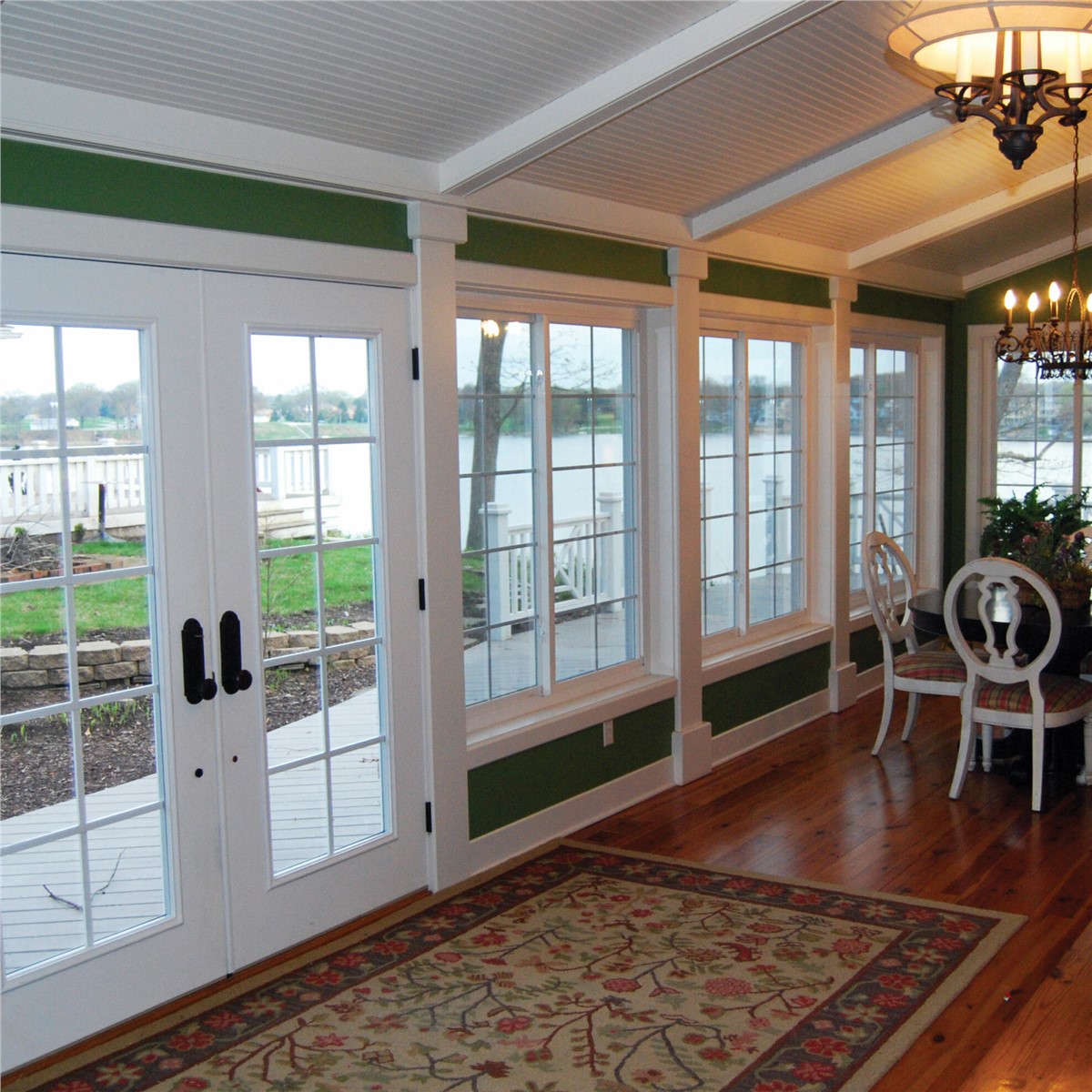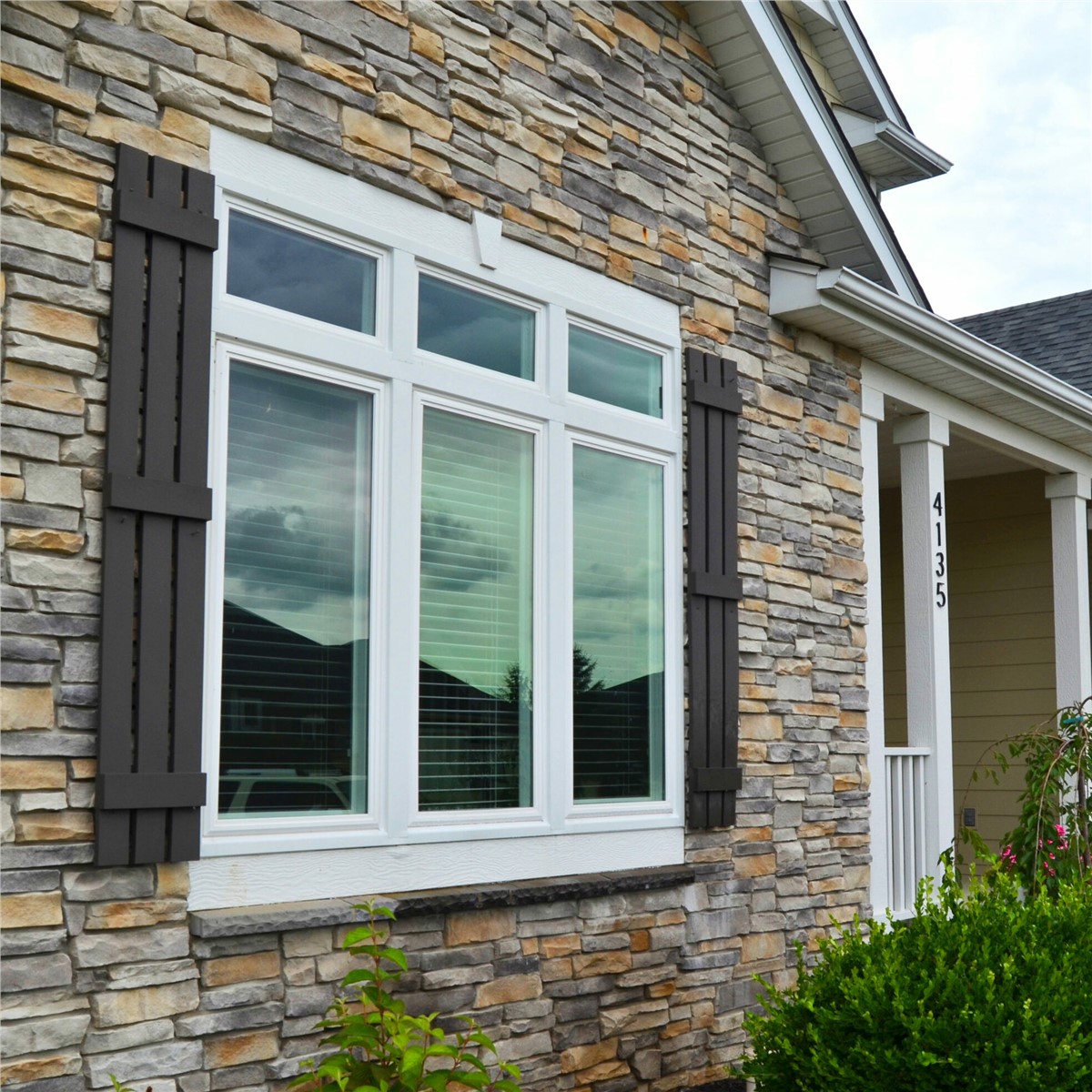With Pittsburgh under record setting amounts of snow and ice this year, many homeowners are finding themselves dealing with leaking gutters and roofs as a result of this weather. In many cases, the specific culprit is something called an Ice Dam. This occurs when roofs are snow covered and gutters become filled with ice. The longer the snow and ice are on the roof and the more of it there is, the worse the situation can become.
The physics behind an ice dam works like this: regardless of how well insulated an attic or roof is, some heat will escape. When the roof is covered with snow, this will melt a thin layer of the snow, closest to the roof. This melt water will run down the roof to the gutter, and if things are working right, down the spout and away from your home. This melt water will flow beneath the un-melted snow on a roof, so it is typically not noticed.
However, when the gutter is full of ice as a result of heavy or continuous snow, this melt water will have no where to go. Therefore when it encounters the ice in the gutter, the water will simply refreeze since it is no longer above a heated part of the home (over hangs and eaves where gutters are attached typically are not heated area's).
This process will continue as long as the roof is snow covered and ice is forming over an unheated area. Unfortunately as that snow continues to sit on the roof and provide melt water for the ice dam, the dam will grow. It will manifest this growth in two ways. First you will begin to see the big ice sickles that are visible all over Pittsburgh right now. The growth of these ice sickles is fed by the melt water from the snow above. Secondly this ice dam will grow back up the roof towards the snow where the melt water is coming from. As this happens the ice will actually lift shingles allowing water to get beneath them. Eventually the ice will grow far enough back up the roof that it is no longer over an unheated area, but is actually over a heated area again (typically this occurs 24-36" up from the roof edge). When the ice dam grows to the point where this melt water becomes blocked from running down the roof, it can then run into your home instead.
Many times this leak is through the roof, and therefore very obviously related to the ice and snow on the roof, but other times the ice will work its way behind siding or brick, infiltrating the home through the walls. This can manifest itself as a leak around a window or an outlet or in another area.
Once you find that this type of a situation has developed on your home, there is very little that can be done other than to remove the source of the water (get the snow off the roof) or remove the ice dam itself by removing the gutter. While removing a gutter may end up costing money to have it replaced in the spring, this will likely be significantly less than the repair for water damage.
As is often the case, with ice dams, an ounce of prevention ahead of time is worth a pound of cure. A properly installed gutter and roof system will prevent ice dams in all but the most severe weather. This would include the use of a roof apron for the gutter to prevent water from getting behind the gutter. Additionally, a good roofer should be using a minimum of 36" of ice and water guard on all gutter edges of a roof and in any valley area's of the roof. Lastly, a gutter heater, if properly installed can prevent an ice dam from forming by keeping the temperature to high for water to freeze in the gutter.
Tags
Subscribe to Legacy Remodeling's Blog











Comments